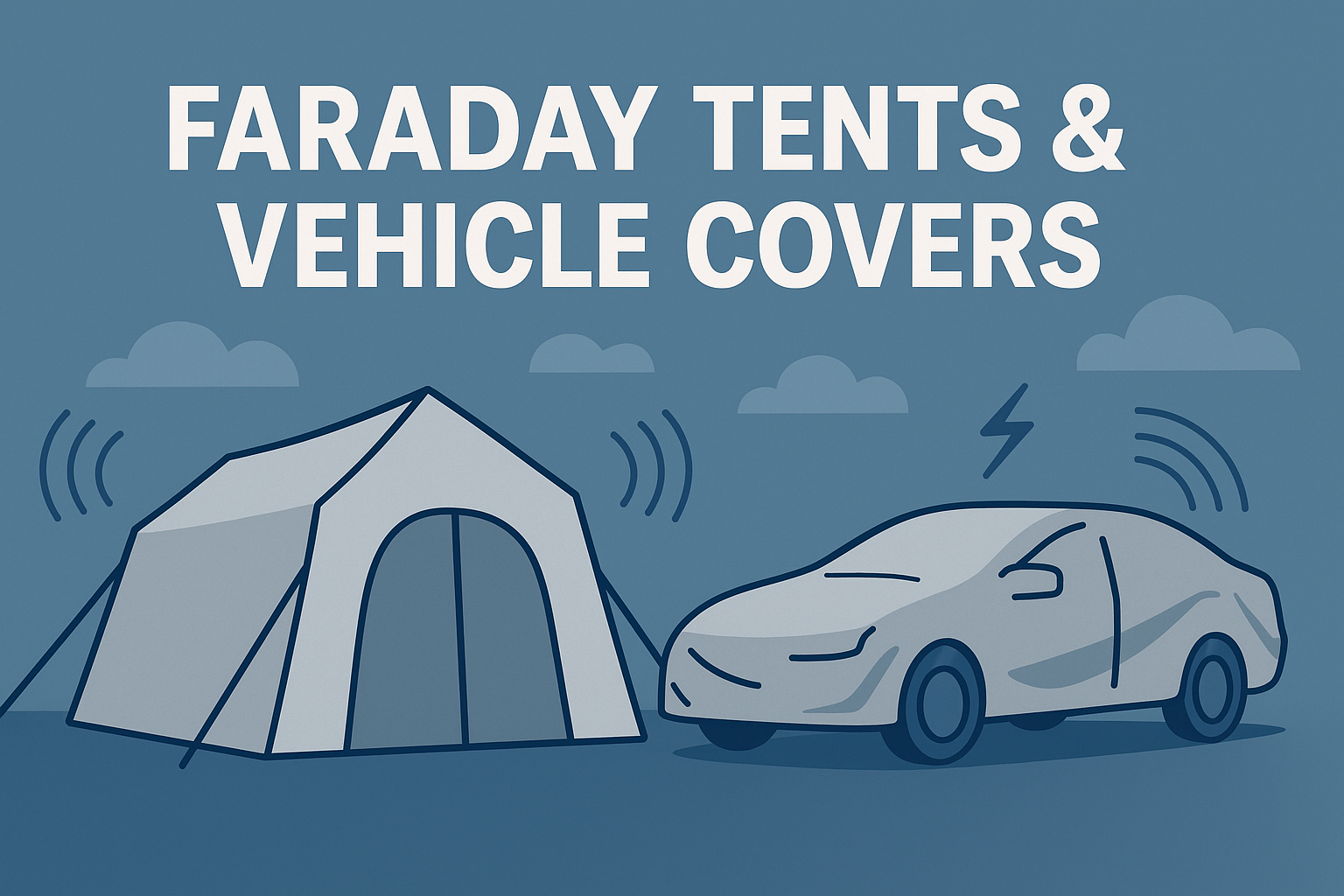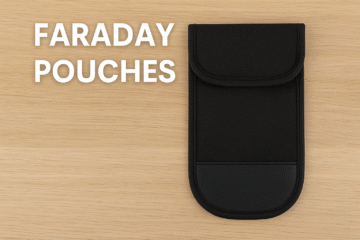The Future of Invisible EMF and RF Shielding
Introduction
As homes become more connected with wireless devices, routers, and smart appliances, exposure to electromagnetic fields (EMF) and radio frequency (RF) signals has increased dramatically. For those seeking protection without altering the aesthetics of their home, conductive wallpaper offers a seamless solution.
This innovative wall covering integrates metallic fibers or conductive coatings to block or attenuate electromagnetic signals — effectively creating a hidden Faraday shield within your walls.
What Is Conductive Wallpaper?
Conductive wallpaper is a decorative or technical wall material engineered to reduce EMF and RF signal penetration. It works using the same principle as a Faraday cage, redistributing electromagnetic energy so it cannot pass through the surface.
Composition and Design
Most conductive wallpapers use:
- Nickel, copper, or silver-coated fibers woven into the wallpaper base
- Carbon or metallic conductive inks applied as a surface coating
- Grounding meshes or adhesive layers that allow the wall system to connect to earth ground
- Paintable or printable surfaces, maintaining normal interior aesthetics
Once installed and properly grounded, conductive wallpaper can achieve 60–90 dB attenuation, significantly reducing Wi-Fi, Bluetooth, cellular, and other RF intrusions.
Applications of Conductive Wallpaper
Conductive wallpaper is not limited to sensitive research facilities — it’s now being used in homes, offices, and medical settings for a variety of reasons:
1. EMF-Reduced Homes
Homeowners use conductive wallpaper in bedrooms, nurseries, and offices to reduce daily RF exposure from:
- Cell towers
- 5G signals
- Wi-Fi routers
- Smart meters and Bluetooth devices
Paired with grounding hardware and shielding curtains, it can create a low-EMF living space that’s both functional and attractive.
2. Secure Facilities and Data Rooms
In corporate, military, or government environments, conductive wallpaper helps prevent:
- Signal leakage from wireless networks
- Eavesdropping or hacking attempts using RF signals
- Cross-interference between communication systems
It’s commonly used alongside Faraday paint, shielding fabrics, and window films to create full-room RF isolation.
3. Healthcare and Laboratory Environments
Hospitals and research centers use conductive wallpaper to protect sensitive equipment like:
- MRI and EEG devices
- Laboratory sensors and test systems
- Patient monitoring technology
By limiting background RF interference, it ensures data accuracy and patient safety.
4. Commercial and Smart Building Integration
Modern architects are integrating conductive wallpaper as part of smart building design, providing built-in shielding in conference rooms, server areas, and private offices — offering privacy and safety without bulky installations.
How Conductive Wallpaper Works
Conductive wallpaper blocks electromagnetic fields through reflection and absorption:
- Reflection: Metallic fibers reflect incoming signals away from the room interior.
- Absorption: Conductive polymers and mesh layers convert some RF energy into heat, dissipating it harmlessly.
- Grounding: A connected grounding system redirects residual electrical charges safely into the earth.
When used properly, this creates a continuous Faraday surface — a passive yet powerful barrier against EMF infiltration.
Materials and Performance Ratings
| Material | Conductivity | Typical Attenuation | Notes |
|---|---|---|---|
| Nickel-Copper Mesh Wallpaper | Very High | 80–100 dB | Ideal for professional or industrial use |
| Silver-Coated Fiber Wallpaper | High | 70–90 dB | Premium home option with antimicrobial properties |
| Carbon-Coated Wallpaper | Moderate | 50–70 dB | Cost-effective and paintable |
| Hybrid Conductive Ink Wallpaper | Variable | 40–60 dB | Suitable for decorative applications |
Performance depends on installation continuity, overlap sealing, and proper grounding — small gaps or ungrounded sections can reduce effectiveness.
Popular Conductive Wallpaper Brands and Suppliers
Several reputable manufacturers specialize in RF-blocking wall coverings and coatings:
- YShield® HNG80 / HNG100 – Conductive non-woven wallpapers offering up to 100 dB attenuation, designed for full-room shielding and grounding systems.
- LessEMF® Shielding Wallpaper – Paintable nickel-copper composite material suitable for DIY home projects.
- Safe Living Technologies – Distributes European-engineered conductive wall liners with verified IEEE 299 testing data.
- Mission Darkness TitanRF Fabric – Often used behind drywall or under wallpaper as a base shielding layer in EMF-safe builds.
- Aaronia AG Shielded Room Materials – Professional-grade shielding systems for laboratory or military use.
Installation and Grounding Guidelines
To ensure effective shielding, conductive wallpaper must be:
- Installed continuously — overlapping seams by 1–2 inches and sealing with conductive tape.
- Properly grounded — connect to a certified grounding point using conductive adhesive or grounding mesh.
- Covered aesthetically — optional paint or decorative layer can be applied without affecting performance.
- Tested post-installation — measure RF reduction using a spectrum analyzer or EMF meter to confirm proper function.
Advantages and Limitations
Advantages
- Invisible integration into modern interiors
- High EMF and RF shielding effectiveness
- Lightweight and easy to install compared to metal panels
- Compatible with grounding systems
- Adds both privacy and protection
Limitations
- Requires continuous, grounded installation for full effectiveness
- More expensive than standard wallpaper
- Performance depends on quality of overlap and grounding
- Cannot block internally generated EMF from devices inside the room
Key Takeaways
- Conductive wallpaper offers a hidden, effective way to block EMF and RF radiation in homes and workplaces.
- Ideal for low-EMF bedrooms, secure offices, and testing environments.
- Combine with shielded curtains, paints, or fabrics for full coverage.
- Brands like YShield, LessEMF, and Mission Darkness provide high-quality, lab-tested solutions.
- Proper installation and grounding are essential for optimal results.

